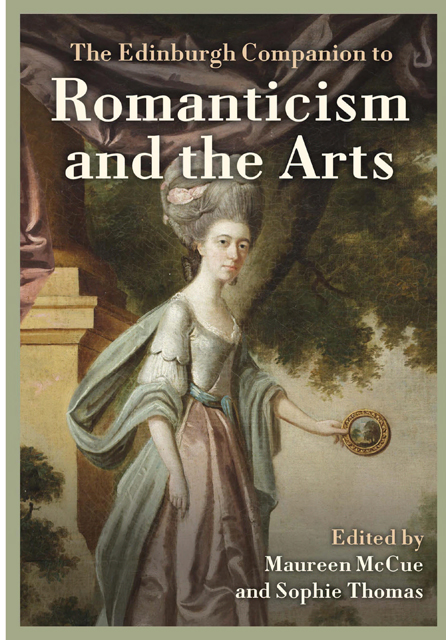2 - The Gothic Aesthetic: Word and Image
Published online by Cambridge University Press: 25 April 2023
Summary
In his Philosophical Enquiry into the Origins of Our Ideas of the Sublime and the Beautiful (1757), Edmund Burke concludes that paintings rarely succeed in producing terror:
When painters have attempted to give us clear representations of these very fanciful and terrible ideas, they have I think almost always failed; insomuch that I have been at a loss, in all the pictures I have seen of hell, whether the painter did not intend something ludicrous. Several painters have handled a subject of this kind, with a view of assembling as many horrid phantoms as their imagination could suggest; but all the designs I have chanced to meet of the temptations of St. Anthony, were rather a sort of odd wild grotesques, than any thing capable of producing a serious passion. (1997, 235)
For Burke the often ‘very fanciful and terrible ideas’ in the Bible and in Milton’s Paradise Lost are sublime ‘principally due to the terrible uncertainty of the thing described’, so that ‘[t]he mind is hurried out of itself, by a croud [sic] of great and confused images’ (234–5). Similar scenes in painting, on the other hand, are devoid of ‘serious passion’ as they involve ‘clear representations’ that ‘can only affect simply’ (234–5). In selecting St Anthony’s temptation by the devils in the Egyptian desert as his chief example of such failure, Burke may have any number of sixteenth- and seventeenth-century paintings in mind, by artists as varied as Martin Schöngauer, Hieronymus Bosch, Lucas Cranach, Matthias Grünewald, Jan Brueghel or Salvator Rosa. David Teniers the Younger produced at least eleven treatments of the subject, most of which feature a motley group of grotesque figures of the kind that Burke describes, as well as the now-familiar Gothic triptych of a skull, hourglass and bat, and which were reproduced in a variety of media in the eighteenth century (see Smith 1831, 414; see fig. 2.1). The physician and collector Dr Richard Mead, one of Burke’s contemporaries, owned a copper engraving of St Anthony’s trials by Teniers (Anonymous, ‘A Compleat Catalogue’ 1754), and stained-glass copies were made by the artists James and Elizabeth Pearson, active from the 1770s to the 1790s (Altick 1978, 111).
- Type
- Chapter
- Information
- The Edinburgh Companion to Romanticism and the Arts , pp. 40 - 57Publisher: Edinburgh University PressPrint publication year: 2022



